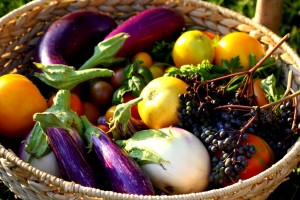
With so many wonderful vegetables out there, it can be hard to decide what to grow in your kitchen garden, especially if you have a small growing space. This photo shows some of last year’s harvest from our garden, where the heirloom tomatoes, eggplants, elder berries and herbs provided healthy, delicious and colorful ingredients for summer meals.
But this year, Seasonal Wisdom turns to three gardening experts from across the United States to see what vegetables they’re eager to grow in their gardens. Their choices may surprise you… take a peek!
Laura Mathews : Celery
“When I told a farmer recently that I had never grown celery and in fact, I’d never eaten locally grown celery,” said Laura, “he looked at me as if I had three heads and ordered me to grow some this year.”
“Not one to respond to orders, generally, I’m jazzed by the idea,” she adds. “This year, I’m growing an early variety called ‘Tango’. Celery doesn’t like heat, loves water, and needs nutrient rich soil.”
About Laura
Laura Mathews is a Pennsylvania-based garden writer and photographer specializing in sustainable gardening and farming. She is blog maestro for Punk Rock Gardens and a Proven Winners Garden Guru. Follow her on Twitter @punkrockgardens or Facebook at Laura Mathews and Punk Rock Gardens.
Shawna Coronado: Kale
“Kale is a fantastic vegetable; full of nutrition and filled with flavor. It can be grown in full shade or full sun,” says Shawna. “I love to sauté it with onions and olive oil and mix it in with scrambled eggs. Delicious!”
“This photo of my back shade kitchen garden shows dinosaur kale (aka ‘Tuscan’ kale) as the featured veggie,” she explains. “Can’t get enough kale? Here’s a video that shows how I make those eggs and explains how to grow kale in your garden.”
About Shawna
Shawna is the author of the critically acclaimed book, Gardening Nude, which is a guide for living a green lifestyle. Based in Chicago, Shawna is an experienced spokesperson with green lifestyle living, organic gardening, culinary, and eco content creation, who campaigns for social good. You can learn more about her at http://www.shawnacoronado.com. You can also find Shawna on Twitter @ShawnaCoronado and Facebook.
Liz McLellan: Pumpkins
“I have been trying for two years,” says Liz, “to grow a ‘Rouge de Vif E’tampes’ pumpkin, otherwise known as a Cinderella pumpkin, ever since I saw Gordon Ramsey disembowel one on his Christmas special. I had no luck last year but, I think that is because being a novice squash grower I managed to plant a squash orgy.”
“Being a rather promiscuous vegetable I got many mutants but no Cinderella,” she explains. To help with that problem, “I am growing only two types — ‘Kuri’ and ‘Rouge de Vif E’tampes’ — this year, and I’m separating the plantings with as much space as possible.” The above photo and her seeds were provided by Baker Creek Heirloom Seeds. Liz has since reconsidered her thoughts on this matter, based on the comments below. But she still looks forward to delicious and beautiful pumpkins this year.
About Liz
Liz McLellan is the owner of hyperlocavore.com a global yardsharing community. Her site matches wannabe gardeners with land in their neighborhoods. The Oregon-based service is ideal for apartment dwellers, urban gardeners, older folks, and just about anyone who wants to grow and enjoy local food — but doesn’t have the room to garden. Find Liz on Twitter @hyperlocavore and on Facebook.
Thanks to these three gardeners for their great growing ideas. Now, what’s growing in your garden. Planning to try something new this year? Or, sticking with old favorites? Share your thoughts below. We’re always interested…
Stay Tuned! Seasonal Wisdom is thrilled to announce two upcoming giveaways, which are ideal for folks who want to grow vegetables this year. Look for more details over the next week or so!
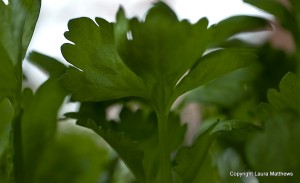
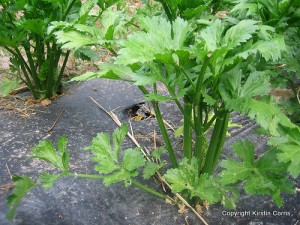

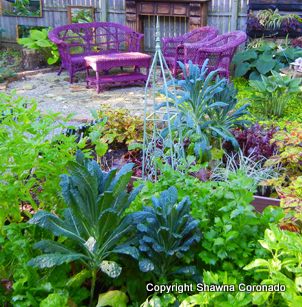
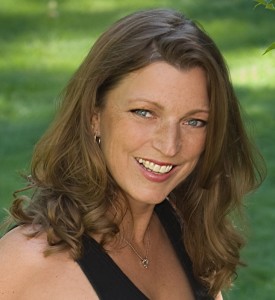

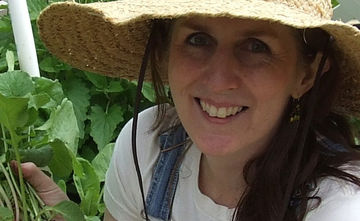











{ 10 comments }
great article Love those garden gals and you too
Thanks, Annie. They came up with some rather interesting choices, don’t you think? Best regards, Teresa
jazzed is going to be my new word. love the way it’s used. i have only had a home garden, and a home of my own, for a little over 2 years now. i am constantly trying new things. if isomething doesn’t work, i just plant more seeds until something does.
I love your attitude, Jennie! Have fun in your garden this year, and thanks so much for stopping by. Lots of good giveaways await, which might be helpful for your new garden. All best, Teresa
Thanks for including me in this awesome line up of outstanding bloggers. Love the tips and great ideas!
Shawna
Shawna, thanks for your great tips. You all had some very interesting ideas — not your run-of-the-mill veggie choices, that’s for sure. xo Teresa
So happy to be in such good company! – Also I am stealing the purple wicker idea. Love LOVE LOVE that!
The pumpkins you grew last year were a result of pollination the previous year. You can plant a dozen varieties of pumpkins and get exactly what you planted from the seeds that year. Cross pollination shows in the following generation, not the current year. I transplant my Rouge vif D’Etempes seedlings 3′ apart in hole I’ve filled with compost. They need 100+ days to maturity to reach the stunning shade of red they turn when ripe.
Rouge and Red Kuri are cucurbita and will cross but you won’t get the results of that cross in this year’s crop.
Robin! Thank you so much. I wasn’t exactly sure why my results were not all that thrilling, I was not sure why. I know the Rouge de vif…had far from ideal conditions last year. The seedlings for both the Kuri and the Rouge de vif look spectacular this year so hopefully I will have better results to report. I defaulted to a colorful description I’m afraid… which was perhaps funny – but not all that accurate. Thank you for the clarity!
Robin and Liz: Thanks for clearing up that mystery. I’ve grown a lot of vegetables from seeds over the years, but I’m no expert on cross-breeding between plants. Personally, I’ve found that practicing crop rotation and maintaining healthy soil with lots of organic matter are two important criteria for growing melons and squashes. Keeping the leaves dry helps prevent fungal diseases too. Appreciate both of your comments, and enjoy your harvest this year. Teresa
Comments on this entry are closed.